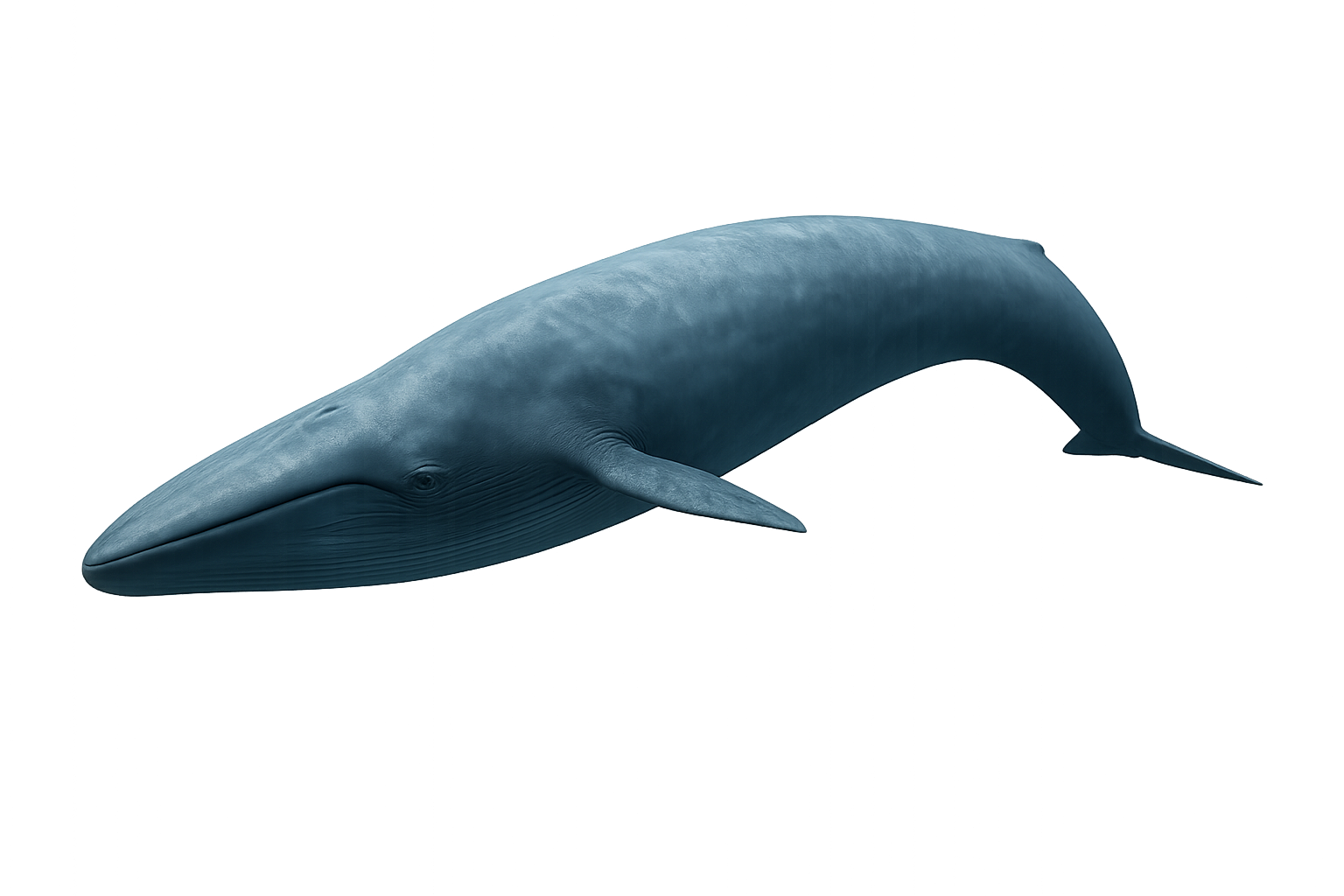Your wildlife photography guide.
Explore the blue whale in detail, study its behavior, prepare your shots.
Where to observe and photograph the blue whale in the wild
Learn where and when to spot the blue whale in the wild, how to identify the species based on distinctive features, and what natural environments it inhabits. The WildlifePhotographer app offers tailored photography tips that reflect the blue whale’s behavior, helping you capture better wildlife images. Explore the full species profile for key information including description, habitat, active periods, and approach techniques.
Blue whale
Scientific name: Balaenoptera musculus

IUCN Status: Endangered
Family: BALAENOPTERIDAE
Group: Marine mammals
Sensitivity to human approach: Suspicious
Minimum approach distance: 100 m
Reproductive period: October to December
Duration: 10-12 mois
Births: October to December
Habitat:
Open oceans and seas, preferring cold and temperate waters
Activity period :
Activity varies depending on season, weather, or human pressure.
Identification and description:
The Blue Whale is the largest animal ever known to have existed on Earth. This impressive cetacean can grow up to 30 meters long and weigh as much as 180 tons. Its gray-blue skin and streamlined body are perfectly adapted to ocean life, and despite its enormous size, the Blue Whale primarily feeds on small marine organisms such as krill, which it consumes in large quantities. Using its massive tongue and enormous mouth, it can swallow up to 4 tons of krill in a single gulp.
Unfortunately, although once abundant, the Blue Whale is now classified as an endangered species due to commercial whaling, which has significantly reduced its population. Conservation efforts are now in place to protect this majestic creature.
Recommended lens:
200 mm – adjust based on distance, desired framing (portrait or habitat), and approach conditions.
Photography tips:
Use a telephoto lens to capture the majestic blue whales from a distance. Observe them early in the morning or at dusk for optimal lighting conditions. Make sure to follow local rules and maintain a safe distance for their well-being.
The WildlifePhotographer App is coming soon!
Be the first to explore the best nature spots, track rutting seasons, log your observations, and observe more wildlife.
Already 1 449 wildlife lovers subscribed worldwide

